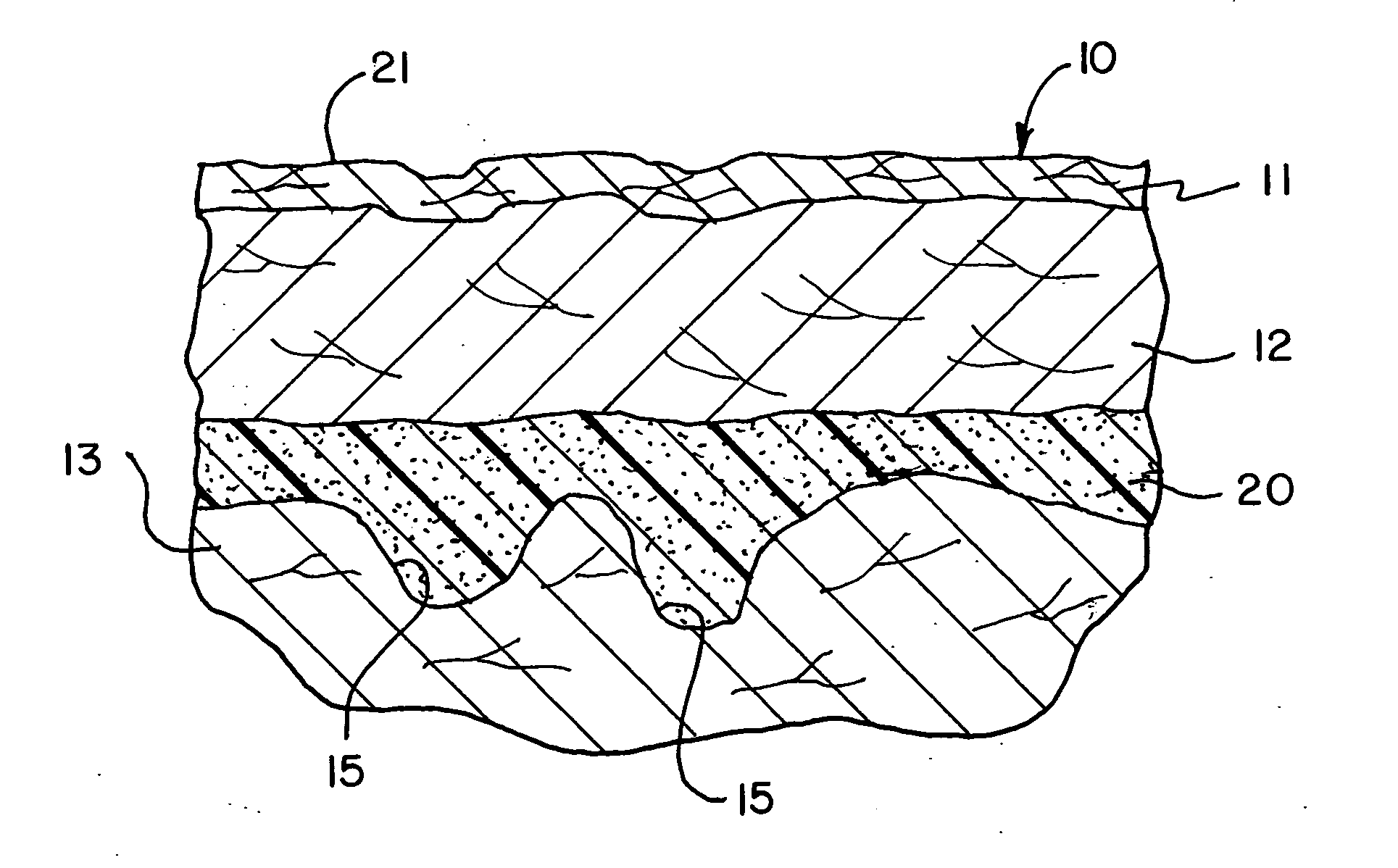Soft tissue substitute and method of soft tissue reformation
a soft tissue and replacement technology, applied in the field of soft tissue replacement and soft tissue reformation, can solve the problems of injection collagen being resorbable, implanted collagen may not have a “natural” look or feel, and can displace and harden, so as to reduce patient discomfort, reduce infection risk and side effects
- Summary
- Abstract
- Description
- Claims
- Application Information
AI Technical Summary
Benefits of technology
Problems solved by technology
Method used
Image
Examples
Embodiment Construction
[0027] The present invention features materials that may be implanted into soft body tissue for correction of soft tissue defects or for soft tissue augmentation. The material comprises biologically-compatible polymeric particles, which have intraparticulate pores. The material may be combined with collagen or other matrix materials including, but not limited to, blood, saline, sterile water or glucose. The matrix material acts as a medium for particles and may help in the dispensing, e.g., injection, of the material when first implanted. The use of matrix materials also allows the amount of soft tissue augmentation to be more accurately controlled. As matrix material is resorbed, additional implantation can be accomplished, as necessary. The volume of matrix material in the implant material is preferably between about 30% and 65%. Most preferably, the volume of is about 50%. However, one skilled in the art will appreciate how much matrix material to combine to obtain a particular d...
PUM
| Property | Measurement | Unit |
|---|---|---|
| diameter | aaaaa | aaaaa |
| diameter | aaaaa | aaaaa |
| size | aaaaa | aaaaa |
Abstract
Description
Claims
Application Information
 Login to View More
Login to View More - R&D
- Intellectual Property
- Life Sciences
- Materials
- Tech Scout
- Unparalleled Data Quality
- Higher Quality Content
- 60% Fewer Hallucinations
Browse by: Latest US Patents, China's latest patents, Technical Efficacy Thesaurus, Application Domain, Technology Topic, Popular Technical Reports.
© 2025 PatSnap. All rights reserved.Legal|Privacy policy|Modern Slavery Act Transparency Statement|Sitemap|About US| Contact US: help@patsnap.com



